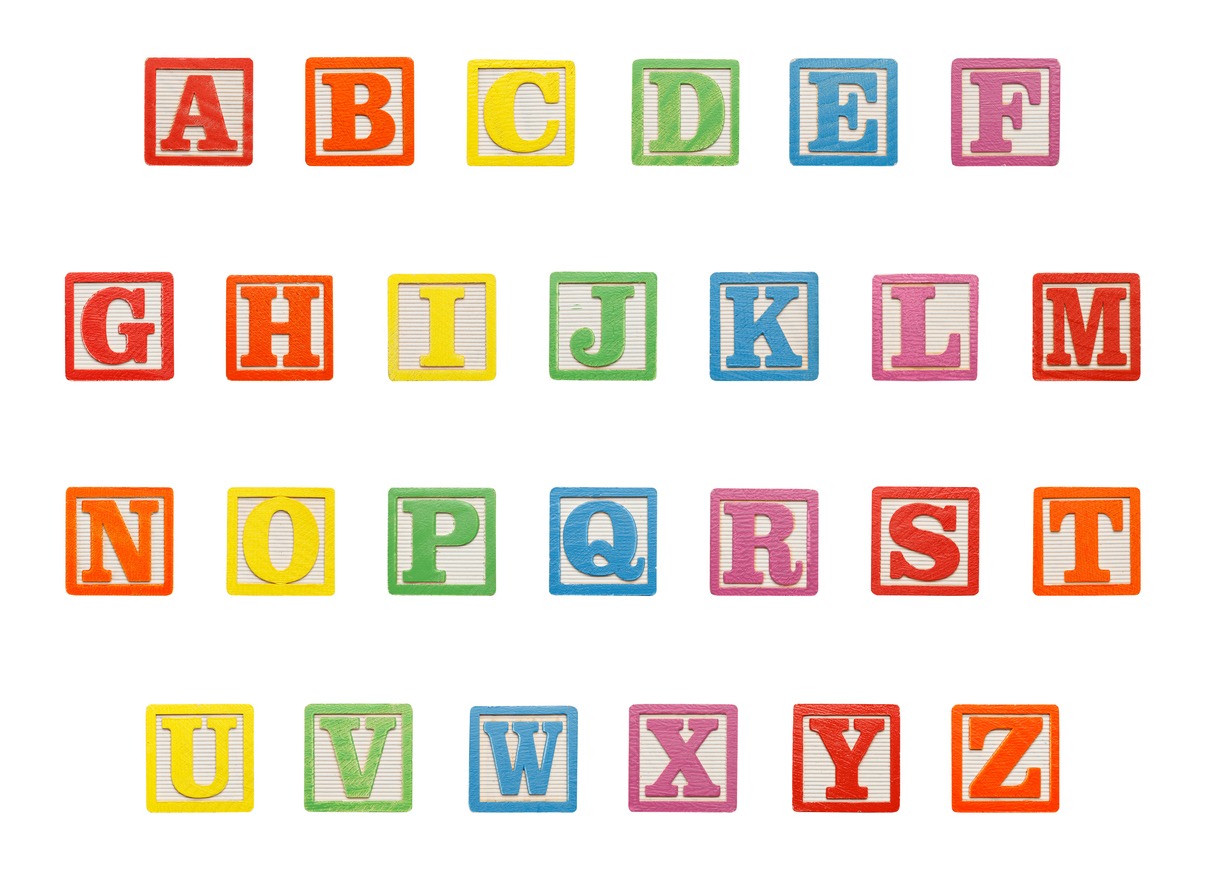Toys are available in different sizes, colors, and designs, but some of the most complex ones are the electronic gadgets that teach children math, spelling, and more. One of the best electronic toys that teaches reading, spelling, and math to children is the Speak & Spell, a child computer that was first released in 1978. To know more about this electronic gadget, here are the nostalgic origins of the Speak & Spell toy.
Texas Instruments
Texas Instruments started as Geophysical Service Incorporated (GSI), which was founded in 1930 as a company that focuses on finding petroleum deposits. An engineer named Eugene McDermott was one of the founders of GSI, and with the help of Dermott’s employees, namely Cecil H. Green and J. Erik Jonsson, the trio was able to purchase the company fully in 1941. Then, in 1945, another engineer, Patrick Haggerty, was hired as the general manager of the company’s Laboratory and Manufacturing (L&M) Division. These four engineers would become the founders of Texas Instruments in 1951. [1]
Texas Instruments would first make semiconductors before moving on to producing silicon transistors and integrated circuits. These specific parts that Texas Instruments manufactured and sold would then be used for the Speak & Spell toy.
The Creation of Speak & Spell
Speak & Spell was the creation of a small team of engineers that were led by Paul Breedlove, a lead engineer at Texas Instruments during the late 1970s. Breedlove’s team was given an initial budget of $25,000 for their project that involves speech synthesis, which is an artificial production of human speech using computers. The project began in 1976, and the completed proof version of the console they developed used Texas Instruments’ Solid State Speech technology, wherein the console can store words in a solid-state format, which can be compared to how calculators can store numbers or calculations.
The team behind the project also designed the console to accommodate cartridges (also called expansion modules) that provide new games and solid-state libraries for the console. Before the creation of the Speak & Spell toy, the speaking or talking toys that were available back in the 1970s used audio that was recorded on tape or a phonograph (vinyl) record. So, the Speak & Spell was the first educational toy that actually creates speech based on the user’s inputs instead of being pre-recorded.
The First Speak & Spell
The first Speak & Spell toy was released in 1978 and was one of the three educational toys launched by Texas Instruments, which included Speak & Read and Speak & Math. Speak & Spell was released simultaneously with the First Watch (a toy that is designed to teach children to read the time) and the Spelling B (a non-speech toy that teaches children how to spell). The Speak & Spell and all the other toys released with it are part of Texas Instruments’ Learning Center product line.
The original Speak & Spell was released not only in the United States but also in the United Kingdom and Japan, and these two countries received a different version of the toy that featured a different language or different spellings for specific words.
Texas Instruments advertised the toy as an educational tool that can help children ages seven and above learn how to spell and correctly pronounce more than 200 commonly misspelled words. Despite having a cartridge slot for extra games or modules, the original Speak & Spell did not come with cartridges and was referred to as the “Basic Unit” since users could not add anything to it. However, the original toy did have three extra minigames, namely “Letter,” “Mystery Word,” and “Secret Code.”
Improving the Speak & Spell Toy
Over the years, Texas Instruments has improved upon the Speak & Spell toy so that it can be much easier to use for children while also having extra features that can make the toy more fun to play with.
In 1980, Texas Instruments redesigned the original Speak & Spell to have a membrane keyboard so that pushing buttons would be much easier and more comfortable for the kids that will use the toy. A smaller version of the Speak & Spell, aptly named Speak & Spell Compact, was released in 1982 and features no visual display.
The original VFD (vacuum fluorescent display) screen of the Speak & Spell was replaced with an LCD (liquid crystal display) screen in 1989 with the release of the Super Speak & Spell, which is a “leveled up” version of the original that features improved games and modules.
It was in the late 1980s and early 1990s when the Speak & Spell toy became available in other countries besides the United States, the United Kingdom, and Japan. Texas Instruments was able to make the Speak & Spell available in other countries by developing seven language variations for the toy, and these variations can be installed on the Speak & Spell using cartridge libraries. The seven language variations include American English, British English, Japanese, French, German, Spanish, and Italian. [2]
In France, the Speak & Spell toy was called “La Dictée Magique” (“The Magical Dictation”), while it was called “The Buddy” in Germany. In Italy, the toy was called “Grillo Parlante” or “The Talking Cricket,” which was a reference to the talking cricket character in The Adventures of Pinocchio. The Spanish version of Speak & Spell was called “El Loro Parlanchín” or “The Chatty Parrot” in English. However, in 1992, the Spanish version was improved and renamed “El Loro Profesor” (“Professor Parrot”).
The 2019 Version of Speak & Spell
Basic Fun (who acquired the rights to manufacture the Speak & Spell toy in 2019) improved upon the 90s version of the Speak & Spell by releasing a new edition that features recorded dialog that is developed to sound synthesized, which then allowed the company to remove the classic synthesized voice chip that is becoming outdated in the 2010s.
This 2019 version of the Speak & Spell toy also has on-device instructions that weren’t present in the older versions, and these instructions make the toy much easier for children to use. Unfortunately, the new version doesn’t support the cartridges made for the older versions of Speak & Spell.
The Impact of Speak & Spell on Pop Culture
Speak & Spell has had a significant impact on pop culture, particularly during the 1980s and 1990s. The toy has appeared in various TV shows and movies, with one of the most notable being its appearance in “E.T. the Extra-Terrestrial,” a 1982 sci-fi film that was produced and directed by Steven Spielberg, who is also known for directing the original Indiana Jones trilogy (1981 to 1989), “Jurassic Park” (1993), and “Saving Private Ryan” (1998). The Speak & Spell toy also made appearances in “Toy Story” and “Toy Story 2,” as well as in music videos like “Dare” by Gorillaz and “Fireflies” by Owl City.
Because of its influence in the toy industry and in the field of modern speech synthesis, the Speak & Spell toy has been displayed at the Computer History Museum and at the Smithsonian National Museum of American History.
Conclusion
Speak & Spell is arguably one of the most influential toys in history, as it helped popularize electronic toys while also being an example of how simple and easy it is to create a speech synthesizer or a text-to-speech (TTS) system. Fortunately, the Speak & Spell toy is still available today, so you can try out its features or give it as a gift to your loved ones.
References
[1] Bridges, K. (2020, October 24). TEXAS HISTORY: Eugene McDermott, co-founder of Texas Instruments and UT-Dallas. Weatherford Democrat. Retrieved November 15, 2023, from https://www.weatherforddemocrat.com/opinion/columns/texas-history-eugene-mcdermott-co-founder-of-texas-instruments-and-ut-dallas/article_450c93f8-e0ae-5d3d-8ad0-f93558d90919.html
[2] Watters, A. (2015, January 13). Speak & Spell: A History. Hack Education. Retrieved November 15, 2023, from https://hackeducation.com/2015/01/13/speak-and-spell


